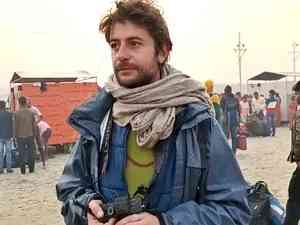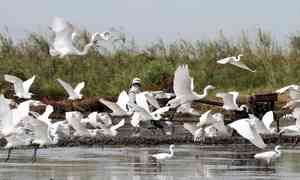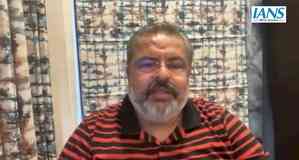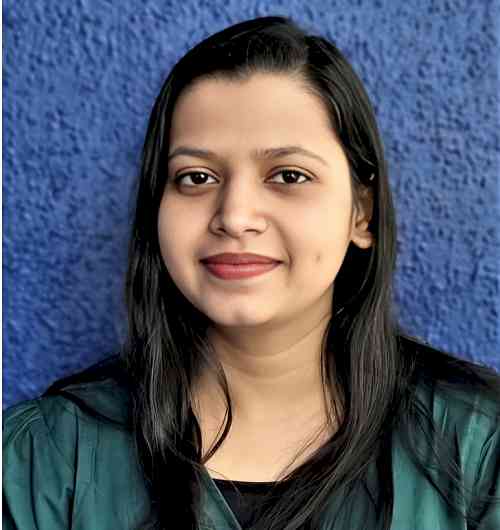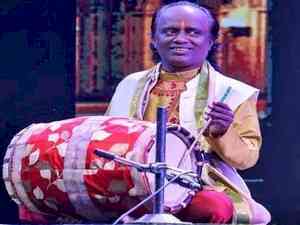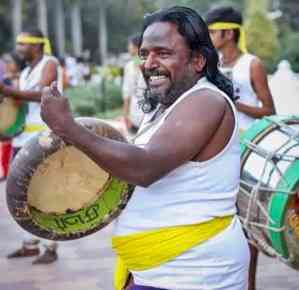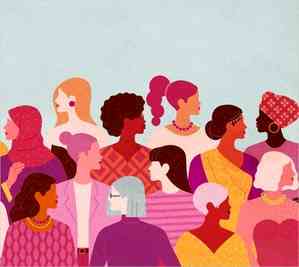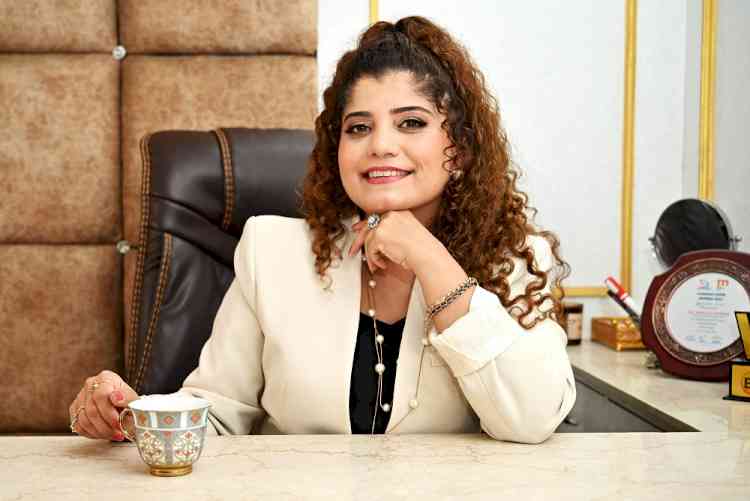Creating pluralistic society is an important function of museums, public art
One of the most important functions of museums and public art is to create a pluralistic society, Dr Subhodh Kerkar, Founding Director, Museum of Goa, said here on the occasion of International Museum Day on Wednesday.
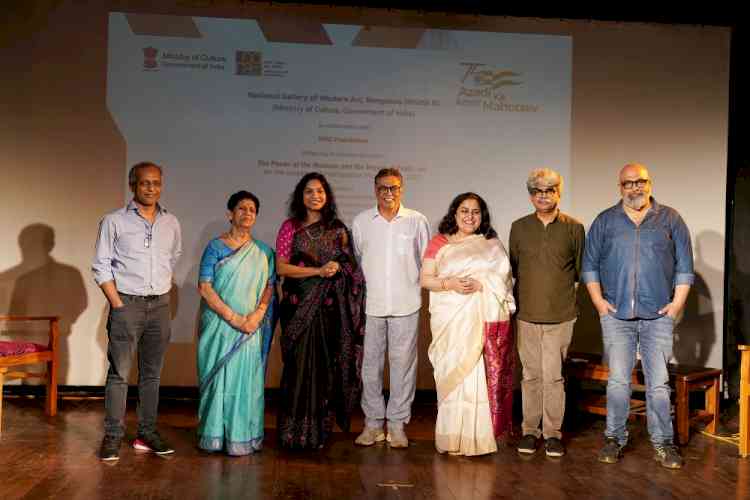
Bengaluru, May 30, 2022: One of the most important functions of museums and public art is to create a pluralistic society, Dr Subhodh Kerkar, Founding Director, Museum of Goa, said here on the occasion of International Museum Day on Wednesday.
Addressing a panel discussion on ‘The power of the museum and the impact of public art’ organized by the National Gallery of Modern Art (NGMA) jointly with RMZ Foundation, he said that it is important that public places like malls, corporate premises, fish market, bus stands, and railway station should have public art. Schools should have a lot of art in its premises, he said.
Dr Jayaram Poduval, Dean, Faculty of Fine Arts and Head of the Department of Art History, M S University, Baroda said, while some people may understand and appreciate modern art, very few people understand traditional and Indian art and this is where our museums came into focus. “The spirit of the Age is depicted through museums and museums talk to people,” he said. Raising the question, how many school children go to museums, he said museums should have education officers who will actually invite schools and engage them in activities.
Contemporary artist L N Tallur said that our museology is only 30 years old and we don’t have people to teach museology.
“Shifting a museum from one place to another requires planning, packing and taking 3 to 4 years to move a museum. Are we ready for the proposed move to shift the National Museum in Delhi to the North-South Block,” he asked.
Tallur said that it was heart-breaking to see that the “Statue of Unity”, the world’s tallest statue in Gujarat has contributions of China and the US in terms of its creation, going against the concept of Atmanirbharto (self-reliance). “Our confidence goes up when we realise that we have our own resources and own abilities.”
Contemporary artist Arun Kumar H G pointed out the necessity of negotiating with the local community to engage them in reviving local arts like ‘hase chitra’. “How they look at art is different as they look for tangible results.”
Arun Kumar’s experimental project SARA (Sustainable Alternative for Rural Accord) Centre, in the Western Ghats’ region, where he grew up, as a knowledge centre for rural farmers and villagers has evolved as a museum. The focus was on agrarian issues like farming, ecology, biodiversity and water bodies manifested in a seed bank of rice diversity, which functions as a museum for the common people, with 150 types of paddy, many of which are now lost.
Prof. M J Kamalakshi, artist and a veteran of Karnataka Chitrakala Parishat, spoke about the traditional art of leather puppets and Ganjifa cards and its association with the Mysore royalty. Also present on the occasion are senior artist S G Vasudev, Director of NGMA, Bengaluru Nazneen Banu and Associate Vice President of RMZ Foundation Amrita Varma.


 City Air News
City Air News 
